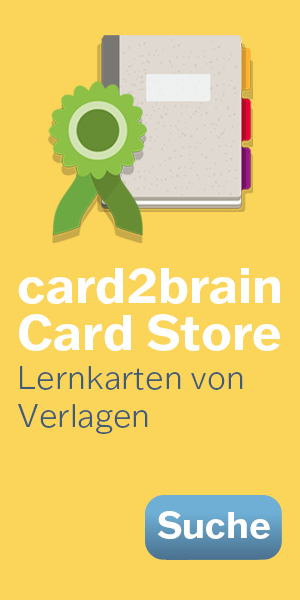DAC Chapter 2
Chapter 2 of the Drug and Alcohol Counseling book Uppers, Downers, All Arounders.
Chapter 2 of the Drug and Alcohol Counseling book Uppers, Downers, All Arounders.
10
0.0 (0)
Kartei Details
| Karten | 10 |
|---|---|
| Sprache | English |
| Kategorie | Medizin/Pharmazie |
| Stufe | Universität |
| Erstellt / Aktualisiert | 09.09.2014 / 09.09.2014 |
| Weblink |
https://card2brain.ch/box/dac_chapter_2
|
| Einbinden |
<iframe src="https://card2brain.ch/box/dac_chapter_2/embed" width="780" height="150" scrolling="no" frameborder="0"></iframe>
|
